The Complex Relationship Between Transgender Women and Makeup
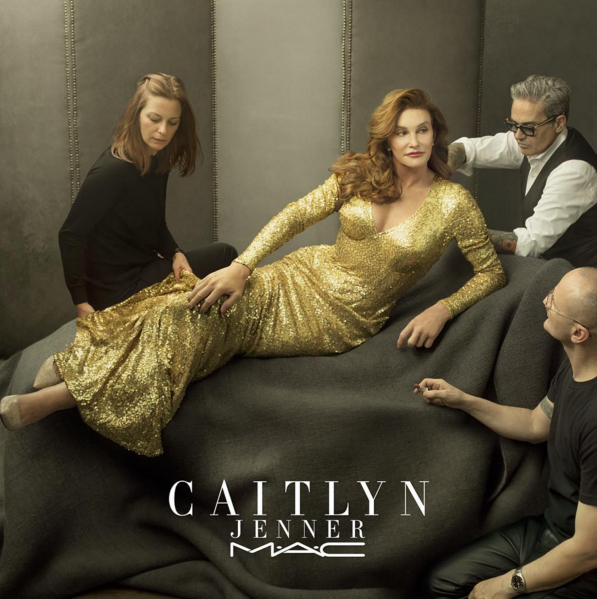
Ever since her splashy coming-out 10 months ago, Caitlyn Jenner has kept right on making headlines — for her dating prospects, her political leanings, and, most recently, her new partnership with MAC, which will launch her limited-edition Finally Free lipstick to benefit the MAC AIDS Fund Transgender Initiative in April.
Related: Caitlyn Jenner Announces New MAC Lipstick Partnership
“For me, the beauty side of [my transition] was important from the beginning: to try to do fashion right, to try to do beauty right,” Jenner, whose second season of I Am Cait premiered Sunday, has said regarding the lipstick launch. “I worked on it all my life, but nobody knew it.”
Related: What Makes Somebody Beautiful? Powerful New Images Challenge the Definition
Jenner is not the only high-profile transgender woman to have become a face of beauty. Last year, Make Up for Ever announced that transgender model Andreja Pejic (who just graced her first magazine cover, Marie Claire Spain, since transitioning) would be the new ambassador of its brand. “I feel like it’s a pretty groundbreaking thing, and I feel like they’re a pretty brave company for stepping up,” Pejic told Harper’s Bazaar at the time. “And from a completely business standpoint, I feel like it’s going to open doors for other trans models. I feel like it makes this whole thing less gimmicky and hopefully will reduce the gimmick castings. Because I feel that I’m a woman and I feel like I can do anything that any other female model can do.”
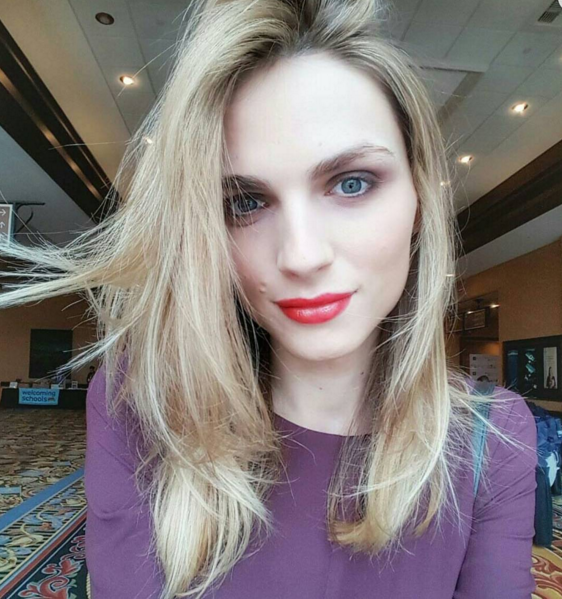
Andreja Pejic. (Photo: Instagram)
Also just like any other woman, those who are transgender can have deep and complicated relationships with makeup: Is it what makes them pretty? Feminine? Are they wearing too much? Too little? And how do those answers change with age?
Hari Nef — the first trans model to be represented worldwide by ING, and a co-star on Transparent — has found, perhaps ironically, that it’s when she distances herself from gobs of lip color and foundation that she feels most organically female. “I feel like I don’t look superfeminine when I wear a lot of makeup,” she told Vogue. Early on in her transition, she adds, one of her transgender friends offered her some advice. “‘Girl, never wear lipstick on a first date,’” she told her. “‘It freaks them out. You look like a tranny.’ When I don’t wear makeup, it’s not because I’m lazy, but it’s me making this radical bid for the feminization of my body and being confident in that. I don’t want to say that women who do use makeup or get breast implants or have fake nails are insecure. They’re entitled to that, and they should do that if that’s what they want to do. But for me, there are no answers. It’s just a matter of preference and choice and fetish.”
Yahoo Beauty chatted with a handful of transgender women about their personal relationships with cosmetics. And all say they’ve recently come to similar conclusions about makeup and their identity and self-esteem: that less, at long last, feels like more.
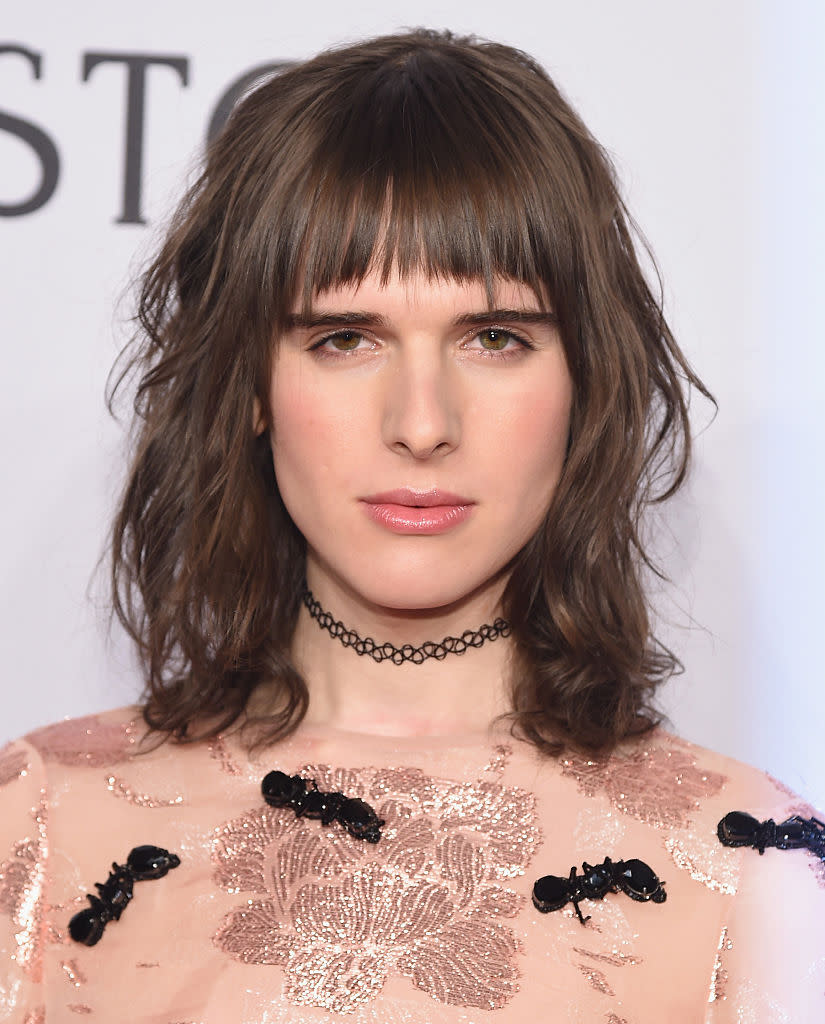
Hari Nef. (Photo: Getty Images)
That feeling goes, at least from time to time, for Capri Culpepper. She’s the South Carolina teen who made national headlines (when she still identified as “gender nonconforming” Chase) in April 2015, after she fought and prevailed over the DMV’s position that she could not wear makeup in her driver’s license photo because it did not “match traditional expectations of an applicant’s gender,” the agency claimed.
“It was my first experience with someone telling me that my appearance wasn’t acceptable enough,” Culpepper, now 18, tells Yahoo Beauty. “It really angered me and honestly changed my perceptions of myself for a while.” It was especially upsetting because, while the DMV tried to claim the makeup altered her usual daily appearance, it was in fact something she almost always had on her face.
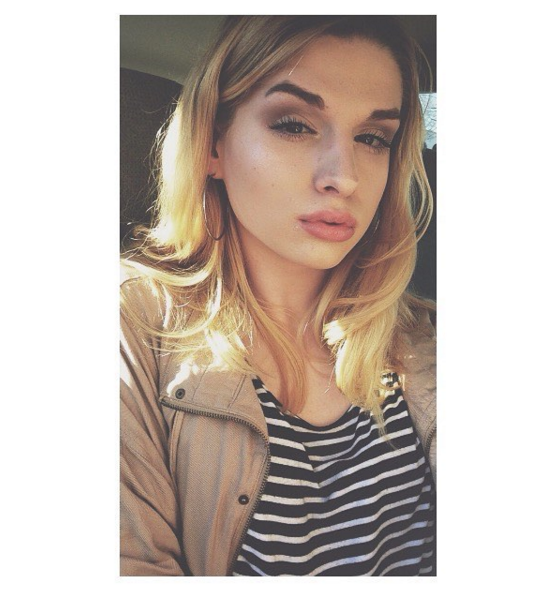
Capri Culpepper. (Photo: Instagram)
“I wore very simple makeup and had since the age of around 13 or 14, and I did so because I found it so incredibly fascinating. I started out with foundation for special occasions, and then as I got older I tried mascara for the first time and fell in love — I had great lashes, so I was obsessed!” says Culpepper. “In retrospect, my love for makeup really stems from those first moments of the expression of my femininity. Makeup, in a way, was a catalyst for the realization that I was a woman, as it gave me a way to see that my outward appearance could match my soul.” (Her sentiments echo those of women who spoke with Mic.com recently for a story about how social media is providing makeup support for those who have newly transitioned.)
Culpepper now loves to spend time experimenting with products and sometimes posting the results to Instagram. “Makeup, to me, is an art form,” she says (current faves include Anastasia brow products and various liquid lip colors). “It’s the expression and passion in life expressed in whatever way you want. It’s the power to feel brand-new every day. Makeup is a powerful and beautiful thing for me, and that’s what it’s my passion.” Still, Culpepper, like Nef, will often choose to go makeup-free. “My femininity is not defined by makeup,” she says. “It’s defined by who I am.”
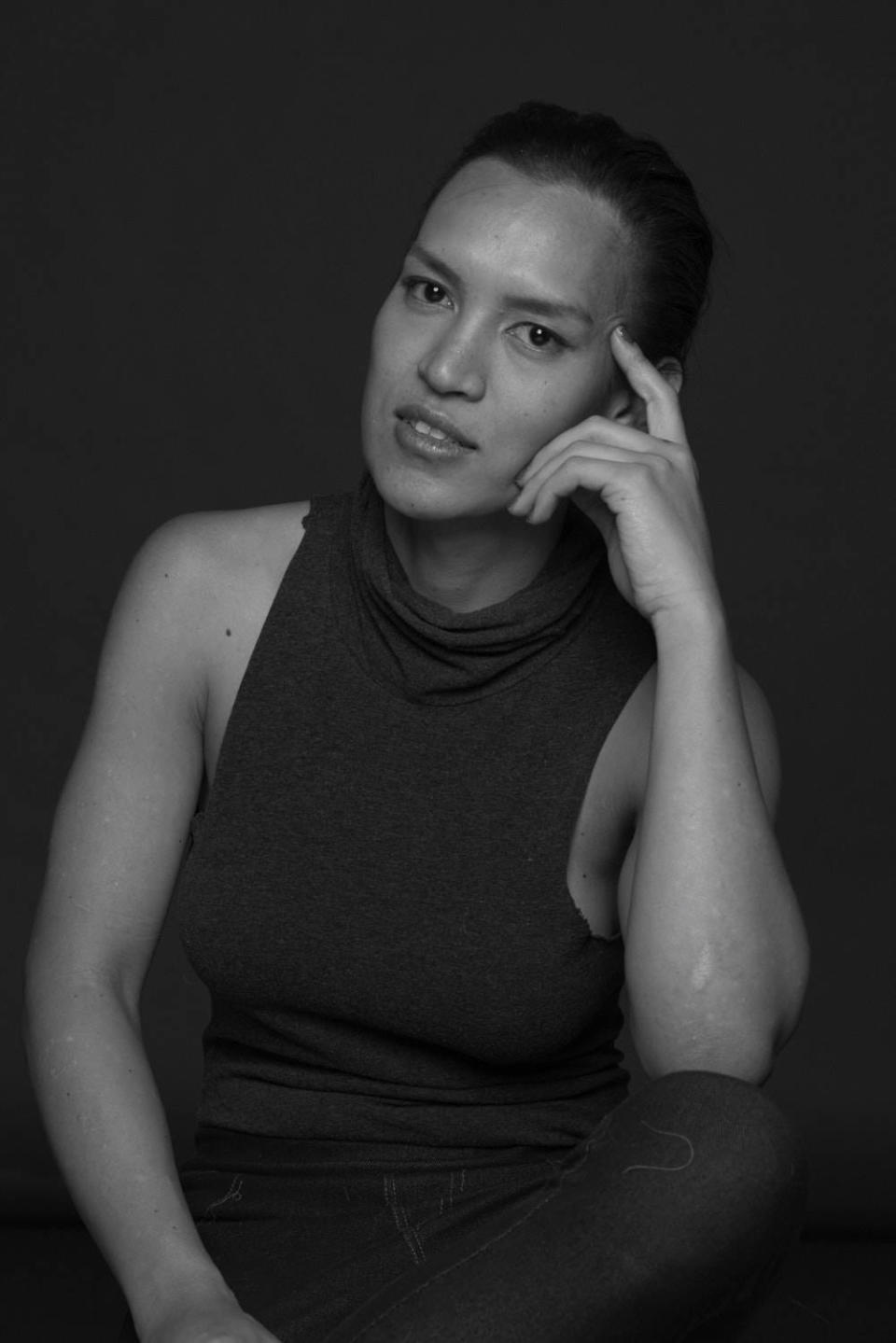
Makeup artist Torrop Singanipar. (Photo: Courtesy of Torrop Singanipar)
Going makeup-free is also an empowering choice for Torrop Singanipar, a New York City–based makeup artist, originally from Thailand, who works frequently with transgender models and always encourages a clean, natural look. “I used a lot of makeup in the past, but I wear less makeup today,” Singanipar tells Yahoo Beauty. “The less makeup there is, the better. I think in our transition we have a lot of insecurities around our looks, and wearing a lot of makeup could bring more confidence. But now I love to focus on the skin. First, I prepare the skin with toner, then serum and moisturizer.”
Christine Gero Horovitz, the owner of a makeup and skin care boutique in Provincetown, Mass., has had practically a lifelong passion for cosmetics — one that helped support her long-suppressed desire to transition. “Makeup transformed me into what I felt inside,” says Horovitz, 45. She recalls, at age 10, looking at her face in the bathroom mirror after dabbling in her mom’s blush and lipstick. “It made me so happy,” she says. “It was something I did secretly for a very long time.”
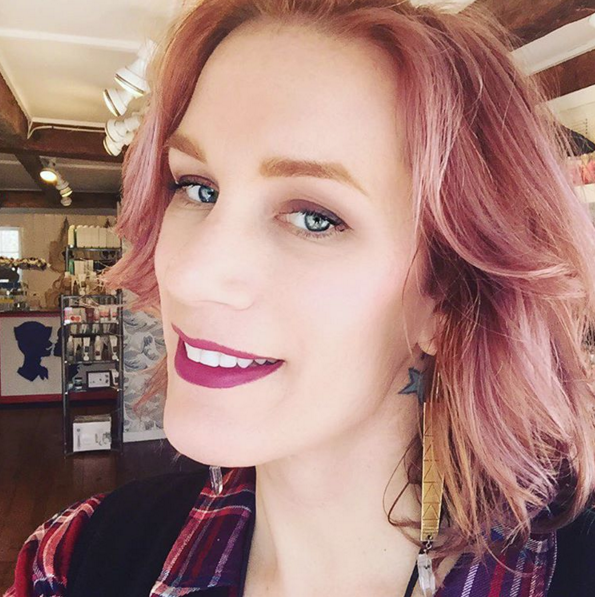
Christine Gero Horovitz in her shop, Kiss and Makeup. (Photo: Instagram)
She started testing limits and going out with little bits of makeup by age 12 and was once mistaken for a girl, which was thrilling. But, she says, “I just thought I was a freak of nature.” She began to find her way by working at a hair salon in high school, learning makeup artistry, and eventually doing drag in Miami nightclubs. “It was the only thing I understood,” she says. “I still didn’t know what trans was.”
But it was working with makeup — at MAC and then at Stila — that kept giving her strength. “I got to go to work and not get criticized, and that gave me courage. It gave me armor — not to hide behind, but to be myself,” she explains. “Makeup transforms people. I see how empowering it is for other women, and that’s how I got my confidence.” But now, years into her transition, it has changed a bit for Horovitz.
“As I got older it was more about skin care. It’s empowering for me to know that I now have better skin than I used to,” she says. “So now I think it’s just being confident in your own skin. I don’t want to hide behind a full face of makeup anymore.”



